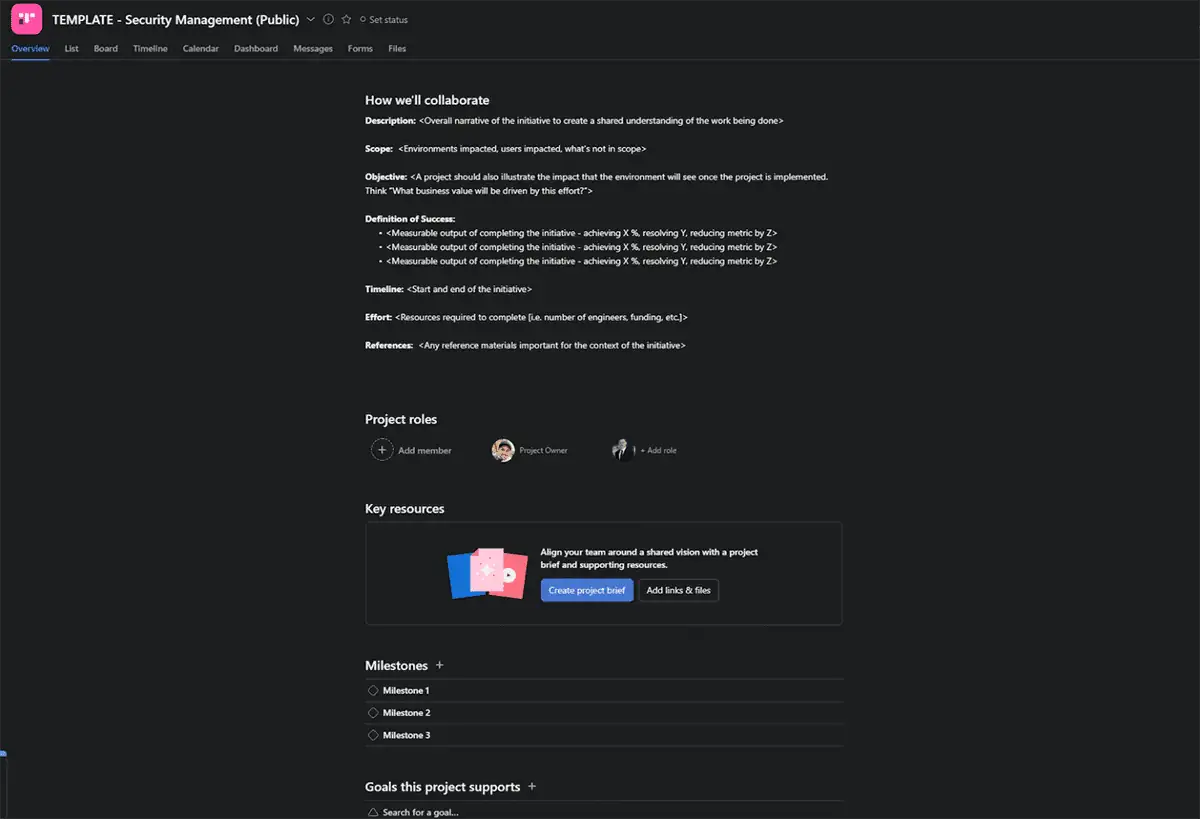Asana’s Impact
- Saved 133 workweeks per year by using efficiency features in automation, process standardization, and decreased context switches.
- It connected the work of technical and commercial teams on a single platform.
- Achieved over 90% adoption of the “Bring Your Own Device” IT program.

At the beginning of the COVID-19 pandemic, everyone (or virtually everyone) created a Zoom account. This application connects millions of businesses, friends, and families through video, voice, instant messaging, and content sharing communication tools. For companies, particularly, video conferencing took on an essential role at a time when they could not meet with customers face-to-face and teams could not work side by side.
Zoom has grown from just over 2,400 employees in January 2020 to over 5,700 employees worldwide by June 2021.
As the company grew, Zoom’s workforce needed a more effective way to communicate internally.
Thus, Gregory Daniels – a leader in IT project program management, was forced to develop a new project management culture since the teams were struggling to organize themselves amidst so many plans, documents, emails, and work management platforms.
The major difficulties were as follows:
- The development and engineering teams were using Jira, but the marketing and sales teams were not, which made it difficult to see future releases.
- Some teams were receiving work requests from multiple directions, which made it difficult to determine a goal and prioritize incoming projects.
- Status updates were done in slide shows that teams updated manually, a process that became tedious.
Asana Implementation
“It was clear that Asana is a leader in the work management industry, and that was the kind of business relationship we were looking for.”
– Greg Daniels, project manager, Business Services and IT
The IT department initially implemented Asana for five departments, and as managers executed projects, teammates learned about the platform. In this way, more and more teams have realized the real value of centralizing work through Asana.
Currently, Zoom has Asana specialists in each department who train new employees according to workflows, while Greg Daniels’ team is available to provide further training and to create complex projects.
How technical and non-technical teams work together in Asana
The projects are the central point of information, and the project overviews give more context about goals, objectives, time, and cost, so that no one has to ask the project manager.
Portfolios group projects by program, give clear information about team workloads and capabilities, and allow managers to track status in a single view.
Zoom saves 667 days of work per year
Today, Zoom saves about 667 work days per year with Asana features like forms, comments, templates, and more. This equates to more than two years with typical 40-hour work weeks.
Some teams have discarded manual updates of powerpoint presentations to use portfolios to present administrators with a comprehensive view of all initiatives. It also became easy to detect when groups are working on similar projects, so that they can better consolidate their work.
Thework anatomy index found that professionals spend 13% of their time on tasks that have already been completed. This is mainly because they use many applications to work with, rather than a single application like Asana. When all planning, tasks, and communications are in one place, remote collaboration is simplified.
This case study provides insight into the importance Asana can have in the organization and growth of companies. Request a free consultation!



